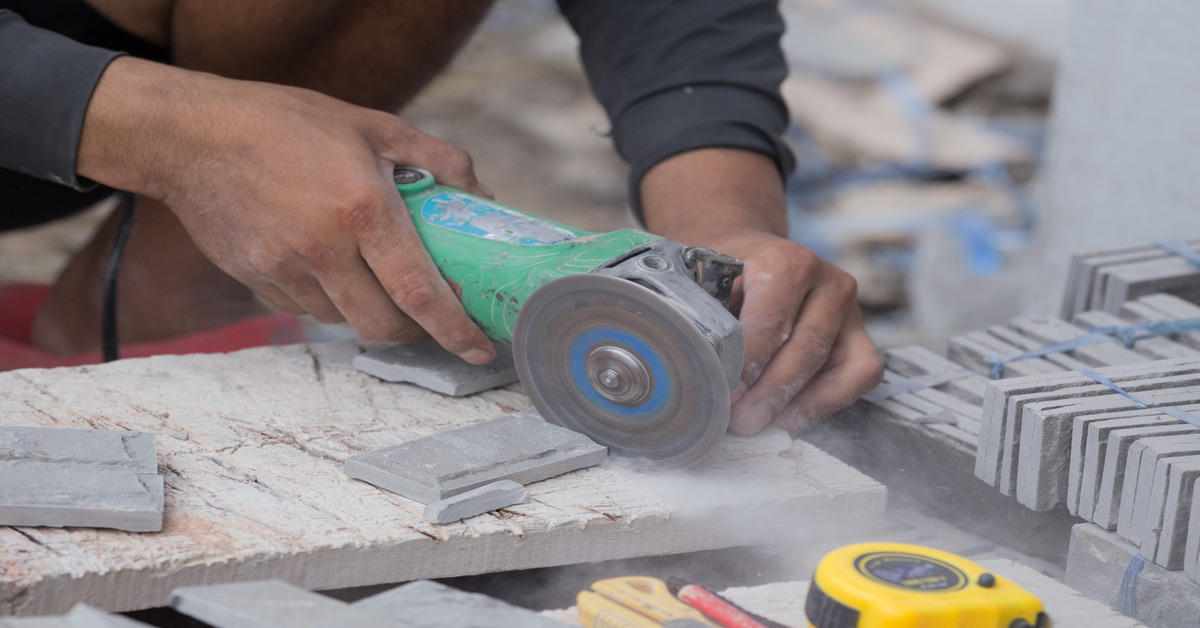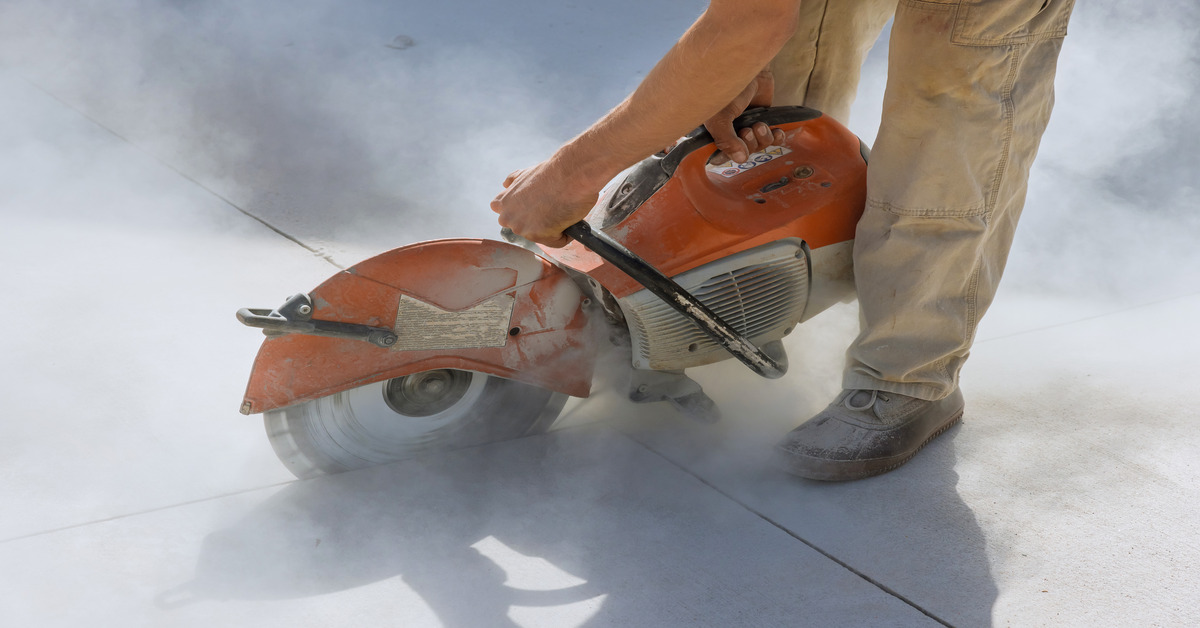Innovations That Have Changed Material Handling Equipment
Material handling has evolved with groundbreaking advancements that enhance efficiency, safety, and productivity in industrial operations around the world.
FREE Shipping Over $250 (Freight/Pallet Shipments Not Included)

Material handling has evolved with groundbreaking advancements that enhance efficiency, safety, and productivity in industrial operations around the world.
Deciding between manual and automatic tile cutters? Compare their features, efficiency, and ease of use to choose the right tool for precise tile cutting.
Prevent errors in natural stone projects and achieve flawless results and long-lasting pieces with the following advice on proper techniques and care.

When working with various materials such as granite, marble, and quartz, having the appropriate diamond blade for your bridge saw can make all the difference in achieving clean and accurate cuts. Key factors such as blade type, material compatibility, and cutting speed are vital in making an informed choice.
Selecting the right diamond blade for your bridge saw ensures optimal performance and longevity. Understanding these considerations can reduce wear and tear, improve cutting precision, and save project time and costs. Read on to explore the best practices for choosing the perfect diamond blade.
The bridge saw is an essential tool in stone fabrication as it is designed for precision and consistency. But its performance, accuracy, and efficiency depend heavily on the blade you pair with it. Choosing the wrong diamond blade can result in chipping, slower cutting speeds, overheating, and a shorter blade life.
The stone also dictates the selection of your blade. Natural stones, such as granite or marble; engineered stones, like quartz; and even ultra-dense materials, like porcelain, each require a unique blade configuration for optimal performance.
Selecting the right diamond blade involves evaluating multiple key factors to ensure precision, efficiency, and longevity. Understanding these factors will help you match the blade to your specific cutting needs, thereby minimizing issues such as wear and maximizing performance. Below, we’ll explore the most important considerations for choosing a diamond blade.
Different stones have different densities, hardness levels, and abrasiveness. A blade designed to cut marble may not perform well on quartzite or granite. Similarly, using the wrong blade for porcelain could lead to cracks or chips on the surface. Here’s how to match the blade to the material:
Another important factor is your specific cutting needs. Are you doing straight cuts, miter cuts, or both? For straight cuts, most standard diamond blades with a solid-core or segmented design work well. For miter cuts, on the other hand, a reinforced core is critical to maintaining stability and preventing blade flex. Selecting the appropriate cut-specific blade ensures a more stable operation and cleaner edges.
The diamond-grit concentration directly impacts cutting speed and smoothness. Higher-concentration blades last longer and excel in heavy-duty applications. However, a lower concentration works better for softer stones, preventing excessive wear. When working with stone cutting blades, balance the concentration level with the cut material and the desired finish.

Not all blades are identical. Diamond blades are available in different types, each designed for specific materials and project requirements. Here are a few examples.
Continuous rim blades are ideal for precision cutting and reducing chipping, especially on materials like porcelain and ceramic.
These are best suited for faster cuts on harder materials like granite or concrete.
These rim blades are a middle ground offering faster cutting speeds while maintaining accuracy. They’re great for versatile needs, such as cutting quartz.
Some diamond blades are designed for wet cutting and others for dry applications. Bridge saws typically rely on wet cutting, as water helps reduce heat and wear on the blade. Wet cutting also minimizes dust, providing a cleaner workspace. Ensure your blade specifications explicitly indicate wet-cutting compatibility to match your bridge saw requirements.
Blade size matters. The diameter and arbor size should match the specifications of your bridge saw. Using a blade that’s too large or too small can impair performance and even damage your saw. Check your saw’s user manual for compatibility.
When buying a diamond blade, consider its durability and lifespan. While high-quality blades may cost more upfront, they last longer, perform better, and minimize downtime. Blades with a higher diamond concentration, durable cores, and dependable bonding are perfect for many projects, particularly when cutting tough materials like quartzite or granite.
Proper care and maintenance are essential to achieve optimal performance once you’ve selected the right diamond blade for your bridge saw. Here are a few tips to ensure the blade lasts as long as possible while maintaining cutting efficiency.
Clean the blade after each use to remove debris and residue that can hinder performance.
Ensure the blade is securely mounted with the correct alignment and tension. An incorrectly installed blade may wobble or cause inaccurate cuts.
Always use adequate water lubrication when wet cutting, as excessive heat can weaken the blade’s bond and reduce its lifespan.
Periodically check the blade for signs of wear, such as cracks, warping, or loss of diamond grit. If you notice any damage, replace the blade immediately.
Operate the blade at the recommended RPM to avoid undue stress on the blade and the bridge saw.
By following these practices, you can get the most out of your diamond blade investment and achieve precise, clean cuts every time.

Diamond blades are special tools crafted for specific types of stone and cutting applications. Each blade is engineered to achieve distinct results tailored to the material and task it’s designed for. Fine-finish blades offer chip-free cuts on polished surfaces. Meanwhile, speed blades provide maximum cutting efficiency on dense materials, and multi-purpose blades are suitable for fabricators handling diverse materials.
When selecting your blades, we recommend investing in high-quality products that balance performance with longevity.
Selecting the right diamond blade for your bridge saw can significantly enhance the quality and efficiency of your stone-cutting projects. By understanding your project’s needs and the unique capabilities of each blade type, you can ensure optimal performance and results. Always prioritize high-quality blades to balance precision, durability, and cost-effectiveness.
Invest wisely in stone-cutting blades that suit your materials and cutting requirements. Not all blades are created equal—but the ones that fit your needs will maximize your productivity and profits.
Looking for top-notch options? Check out our wide selection of bridge saw blades at Detroit Diamond Tools, and take the guesswork out of your decision.
Key considerations include the material you’re cutting, blade diameter, arbor size, bond hardness, and whether the blade is designed for wet or dry cutting. Matching the blade specifications to your specific project needs ensures optimal performance and longevity.
The bond hardness determines how quickly the diamonds are exposed during cutting. A softer bond is ideal for hard, non-abrasive materials like granite, allowing for faster cutting. Conversely, a harder bond suits softer, abrasive materials, ensuring the blade doesn’t wear out prematurely.
While some blades are versatile, it’s crucial to use a blade specifically designed for the material at hand. For instance, blades optimized for granite may not perform well on marble or engineered stones like quartz. Using the appropriate blade reduces chipping and enhances cutting precision.
Wet cutting blades require water to cool the blade and reduce dust, extending blade life and providing cleaner cuts. Dry cutting blades are designed to withstand higher temperatures without water but may wear out faster and produce more dust. Always ensure your bridge saw is compatible with the blade type you choose.
Regular maintenance includes cleaning the blade after use, inspecting for wear or damage, ensuring proper mounting, and using the blade within its recommended parameters. Avoid forcing the blade through the material and allow it to cut at its own pace to prevent overheating and excessive wear.